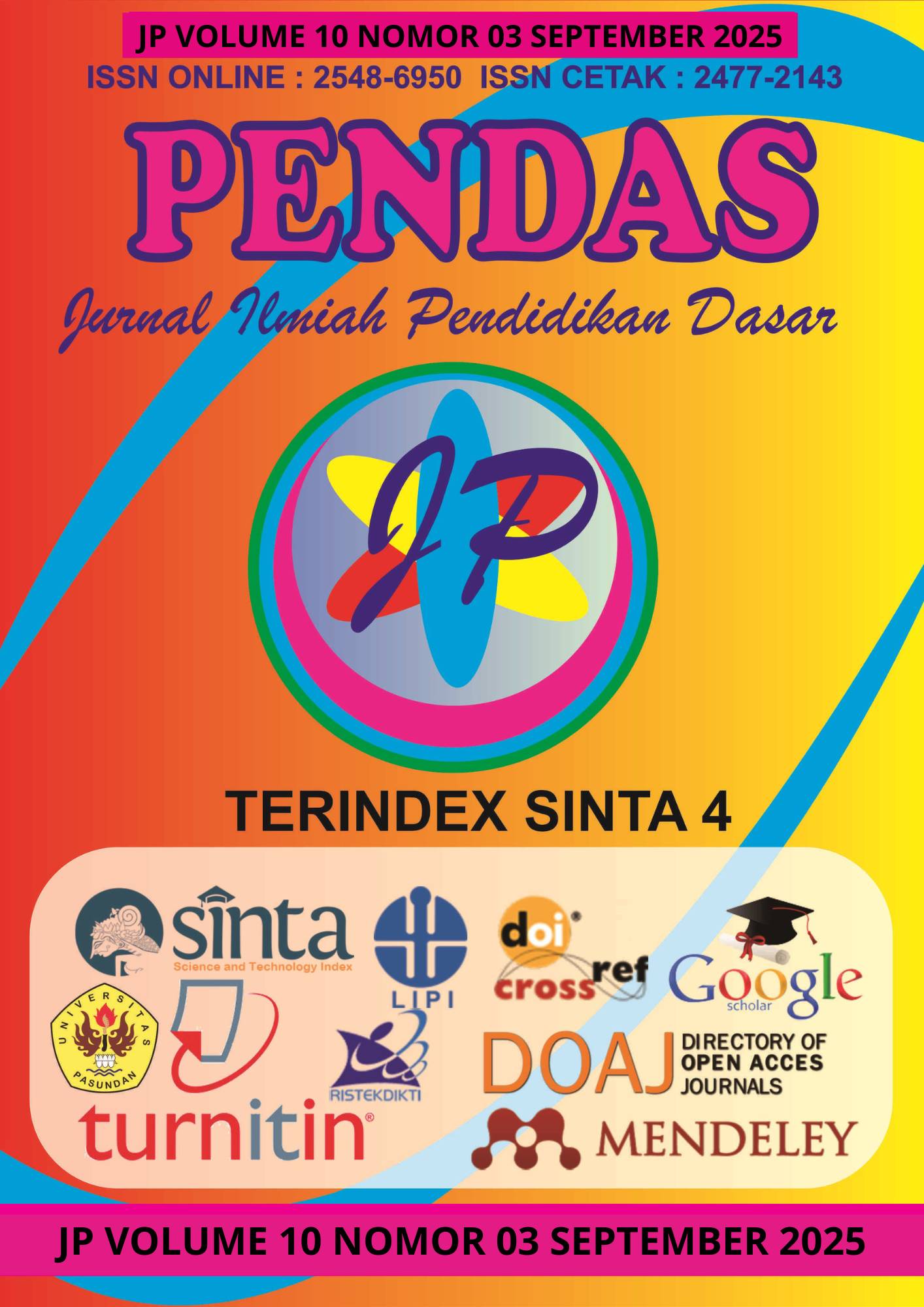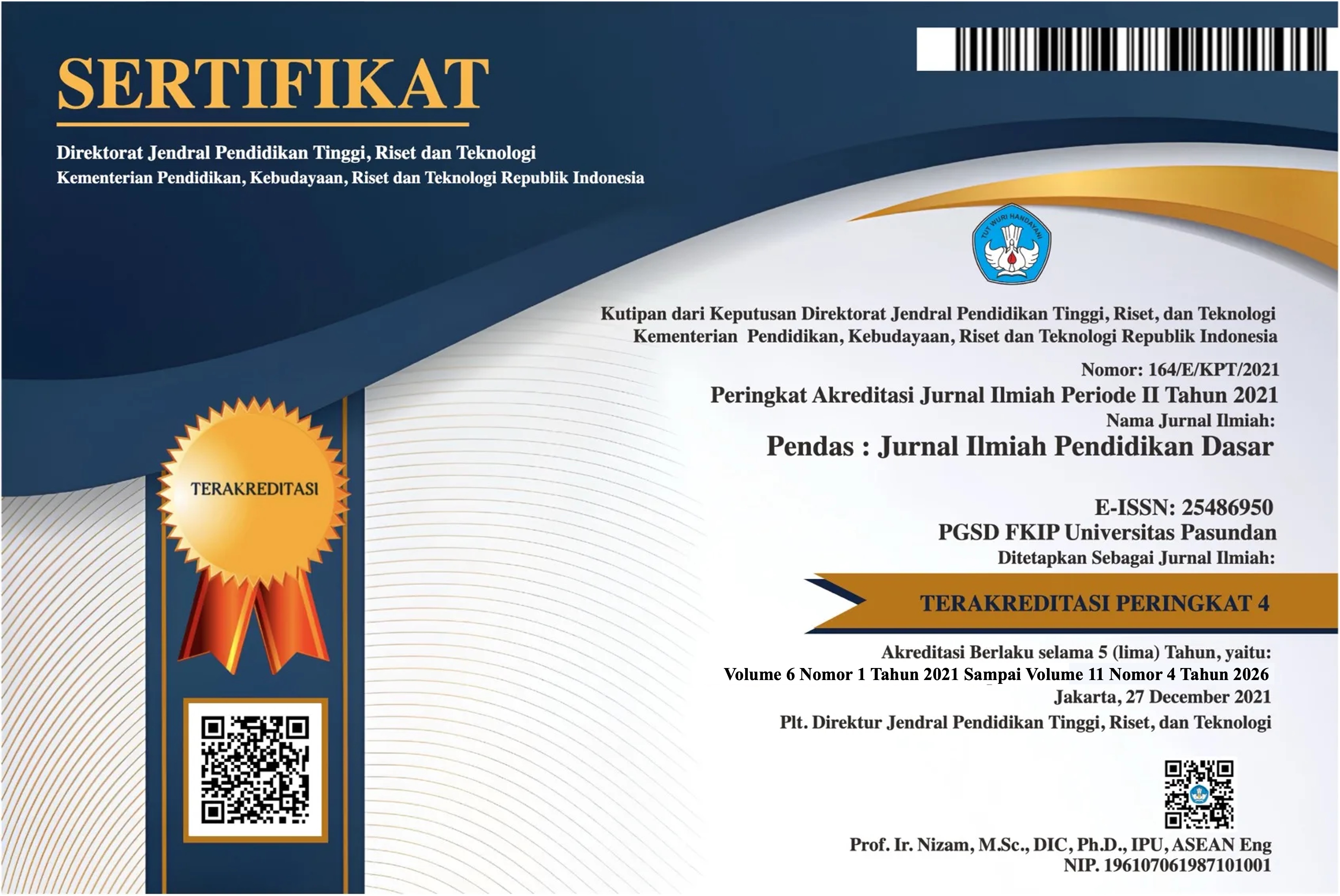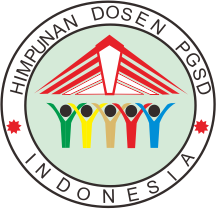Analisis Miskonsepsi Nilai π pada Materi Lingkaran dalam Buku Senang Belajar Matematika: Antara Nilai Sebenarnya dan Realitas Irasional
DOI:
https://doi.org/10.23969/jp.v10i03.33148Keywords:
, lingkaran, miskonsepsi, bilangan irasional, miskonsepsiAbstract
Understanding mathematical concepts is inseparable from the clarity of their definitions and presentation in textbooks. One fundamental concept that frequently appears in school curricula, from elementary, middle, and high school levels, is the constant π (phi) in the topic of circles. Mathematically, π is an irrational number obtained from the ratio of a circle's circumference to its diameter. However, in practical learning, the value of π is often simplified to or 3.14. This practical presentation has the potential to lead to misconceptions in students, namely, that they assume π is a rational number. This study used qualitative methods with document analysis techniques in the "Happy Learning Mathematics" book. The results of the analysis indicate an emphasis on the use of the value π = or 3.14 without explaining its irrational nature. As a result, students tend to memorize practical formulas and numbers without understanding that these two values are only approximations and that π is an irrational number with infinite decimal places.
Downloads
References
Collins, S. P., Storrow, A., Liu, D., Jenkins, C. A., Miller, K. F., Kampe, C., & Butler, J. (2021). No Title 済無No Title No Title No Title. 10(9), 167–186.
Dan, L., & Poligon, K. (2025). , Ricki Yuliardi. 11, 110–120.
Garcia, A. R., Filipe, S. B., Fernandes, C., Estevão, C., & Ramos, G. (n.d.). No 主観的健康感を中心とした在宅高齢者における 健康関連指標に関する共分散構造分析Title.
Muhamad Saleh, Rifaatul Mahmuzah, & Nurul Ayu. (2020). Pembelajaran Luas Dan Keliling Lingkaran Melalui Pendekatan Contextual Teaching and Learning. Numeracy, 7(1), 79–94. https://doi.org/10.46244/numeracy.v7i1.1002
Mulyadi, M. (2011). Quantitative and Qualitative Research and Basic Rationale to Combine Them [Quantitative and Qualitative Research and Basic Rationale to Combine Them]. Journal of Communication and Media Studies, 15(1), 128.
Putri, T. E., Suryadi, D., & Nurjanah, N. (2024). Systematic Literatur Review: Learning Obstacle Dalam Memahami Nilai Pi(Π) Pada Materi Lingkaran. PHI: Jurnal Pendidikan Matematika, 8(2), 293. https://doi.org/10.33087/phi.v8i2.401
Universitas, F., & Jember, M. (2020). MATEMATIS SISWA. 5, 44–52.
Yelmiati. (2016). Desain Didaktis Luas Lingkaran Pada Pembelajaran Matematika Smp. JUrnal Pendidikan Matematika, 4(2), 191–199.
Downloads
Published
Issue
Section
License
Copyright (c) 2025 Pendas : Jurnal Ilmiah Pendidikan Dasar

This work is licensed under a Creative Commons Attribution 4.0 International License.



















